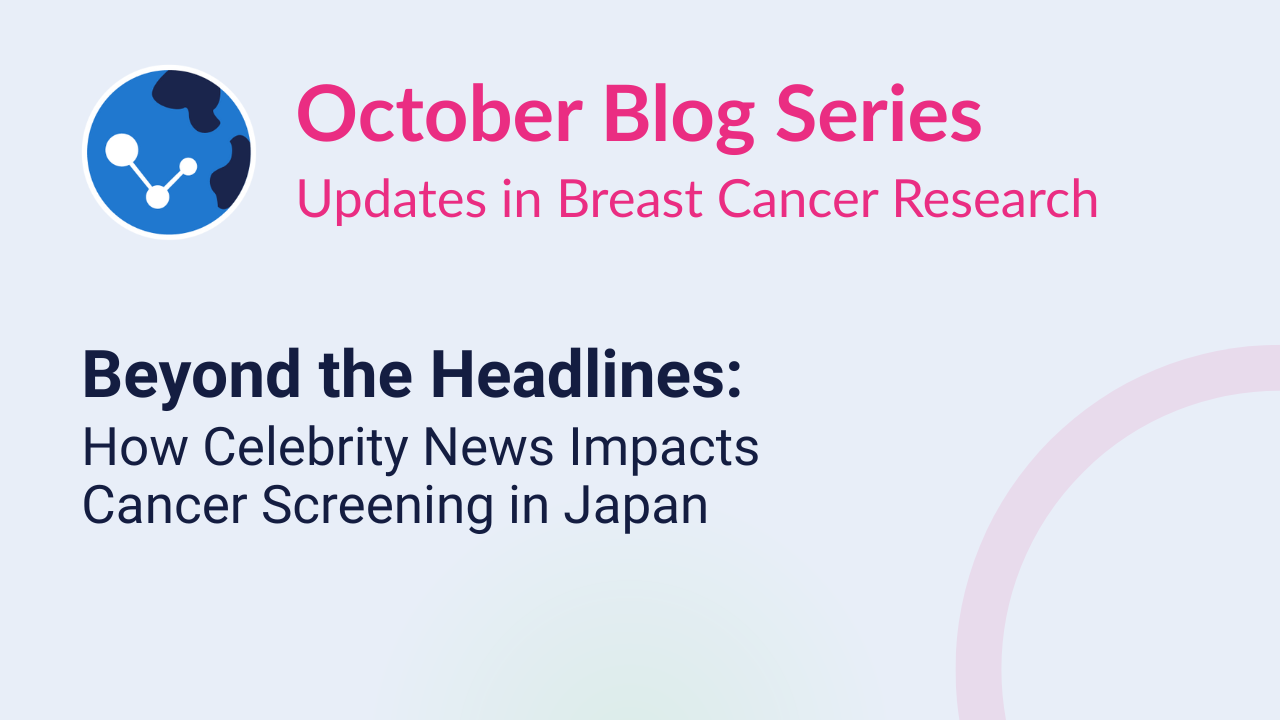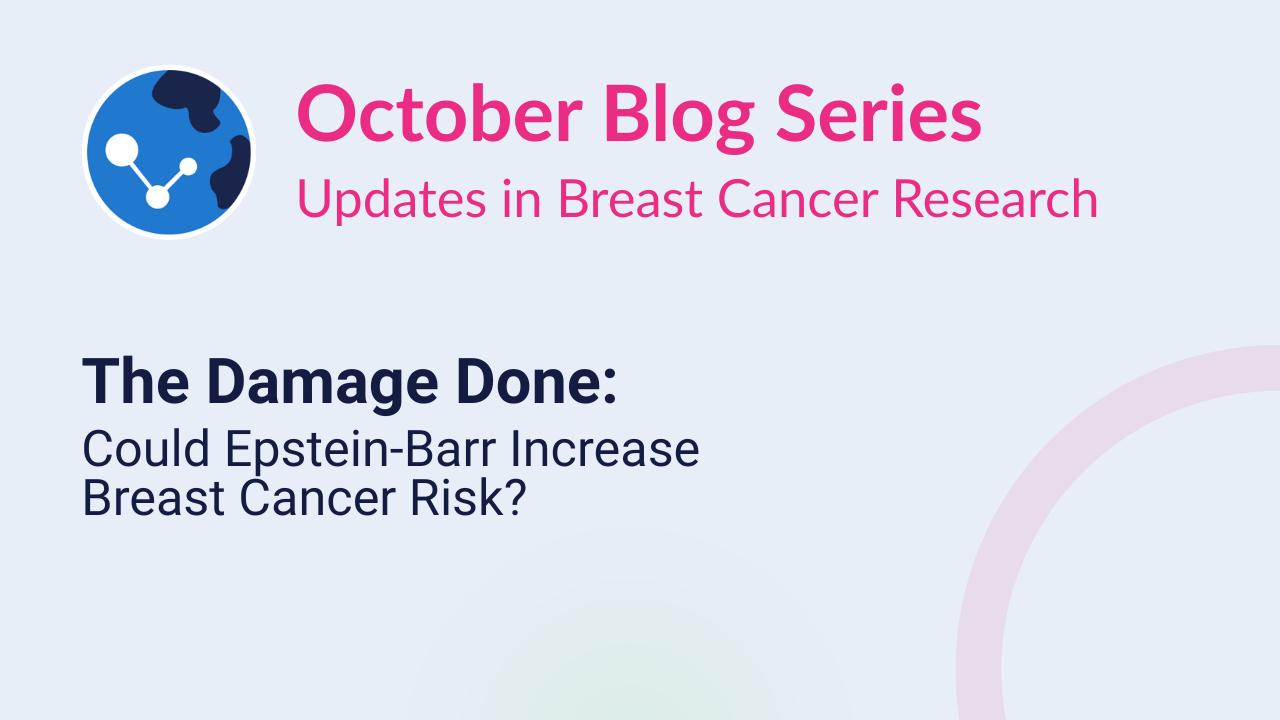How Celebrity News Impacts Cancer Screening in Japan

October is Breast Cancer Awareness Month in Canada. As part of our commitment to open science, JMIR Publications is highlighting research published in our journals aimed at understanding and combating this disease. We hope this research reaches a wide audience, empowering people to learn more about their risk and risk mitigation strategies. Understanding what motivates people to seek screening is paramount to reducing breast cancer mortality.
Breast cancer is a major global health concern, and routine mammography screening saves lives. In Japan, like many countries, national targets are set to increase public participation in screening. However, obtaining nationwide data on public attention and activity is challenging. How can public health experts measure the impact of awareness campaigns and media reports on actual behavior?
Noriaki Takahashi, a researcher at the National Cancer Center Institute for Cancer Control and the International University of Health and Welfare in Tokyo, Japan, and his team used an innovative approach to investigate this question. In their paper, "Breast Cancer Screening Participation and Internet Search Activity in a Japanese Population: Decade-Long Time-Series Study," published in JMIR Cancer, they explored the relationship between online awareness and actual screening rates over a decade.
Using Google Trends to Track Awareness
The study utilized a time-series analysis, examining data from 2009 to 2019. The team used Google Trends to extract the Relative Search Volume (RSV) for the key phrase "breast cancer screening" (nyuugan-kenshin) as a proxy for public awareness. They then compared this online interest to actual nationwide screening participation rates among Japanese women aged 60‐69 years collected from government municipal data.
The analysis revealed a striking pattern: the internet search activity for "breast cancer screening" spiked notably around the times when a Japanese celebrity’s breast cancer diagnosis or passing was reported in the media. These spikes in search volume were significant and did not occur at other times, suggesting that media coverage featuring well-known figures had a considerable impact.
Temporary Behaviour Change
While the media reports appear to have triggered a significant increase in people looking for screening information, the study found that this online interest only had a temporary association with actual screening participation. In other words, the spikes in online searches did not translate into a long-term change or sustained increase in screening behavior. Screening rates showed only a temporary, subtle increase during the period of intense media focus before reverting to the slowly decreasing long-term trend.
These findings are crucial for improving the effectiveness of public health messaging. They offer insight into the health communication strategies needed to not just raise awareness, but to trigger behaviour change and successfully maintain participation. It suggests that while news may capture initial attention, sustained educational and logistical support is needed to turn interest into action. This research points to the need for public health campaigns to leverage these initial surges of interest by providing targeted, high-quality, and actionable information to convert temporary awareness into long-term action and commitment.
The research team chose JMIR Cancer because the theme of their work aligns well with the journal's focus on cutting-edge digital health and its open-access format, which ensures quick and wide dissemination of their findings to readers globally.
To learn more about the specific association between celebrity cancer media reports and screening behavior in Japan, watch the video with Noriaki Takahashi and read the full research article to explore the detailed time-series analysis. To further explore breast cancer prevention and detection guidelines, please visit the Canadian Cancer Society's official resources.
Subscribe Now


.png)